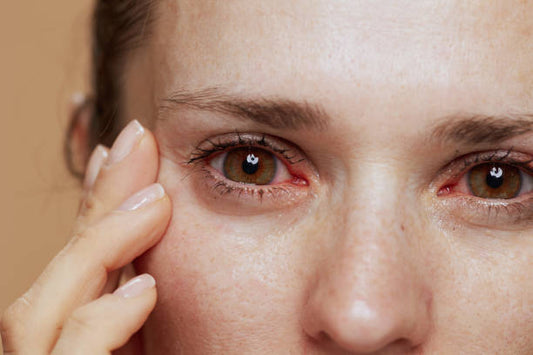The common age-related vision issue known as presbyopia is a familiar hurdle faced by many patients. This condition, which surfaces with age, can be a source of frustration and confusion for those experiencing it. We aim to shed light on presbyopia and provide insights into its effective management.
Understanding Presbyopia
Presbyopia is a natural consequence of aging that impacts the ability to focus on objects at close range. Unlike other vision problems, such as myopia (nearsightedness) or hyperopia (farsightedness), which can affect individuals of all age groups, presbyopia typically becomes apparent after the age of 40. It occurs as the eye's natural lens loses its flexibility, making it challenging to adapt to varying distances.
Recognizing the Symptoms of Presbyopia
For individuals aged 40 and above, there are common indicators of presbyopia that may become apparent:
-
Difficulty with Close Reading: There may be a struggle to read small print or see nearby objects clearly without holding them at arm's length.
-
Eye Fatigue: The eyes may experience fatigue or strain after extended periods of reading or using digital devices.
-
Increased Need for Illumination: Those with presbyopia may prefer brighter lighting when engaging in tasks that require close-up focus.
-
Utilising Reading Glasses: Many individuals with presbyopia find relief through reading glasses, which often become a regular part of their daily routine.
Management of Presbyopia
While presbyopia is an inevitable aspect of the aging process, there are several effective strategies to manage and alleviate its impact on daily life:
-
Reading Glasses: Prescription reading glasses, available in various strengths, can significantly enhance near vision. Our optometrists will determine the appropriate strength for individual needs.
-
Multifocal or Progressive Lenses: In cases where individuals have additional vision issues like myopia or hyperopia, multifocal or progressive lenses can offer a solution for both close and distant vision.
-
Contact Lenses: Multifocal contact lenses serve as an alternative to multifocal glasses, providing a similar solution.
-
Refractive Surgery: Surgical procedures, such as monovision LASIK, may be considered to correct presbyopia. However, these options should be discussed thoroughly with an optometrist.
-
Regular Eye Examinations: Frequent eye exams are crucial to monitor eye health and address any changes in vision. Optometrists can make necessary adjustments to prescriptions as needed.
Presbyopia, as perceived by an experienced optometrist, is an age-related and prevalent vision condition. However, it need not be a hindrance to one's quality of life. With suitable vision correction options and the professional guidance of an optometrist, clear and comfortable vision for all distances remains achievable. For those encountering presbyopia symptoms, scheduling an eye examination is advisable to explore tailored solutions for individual needs. While age may affect the eyes, it does not have to impede one's vision or impact on daily life activities.


